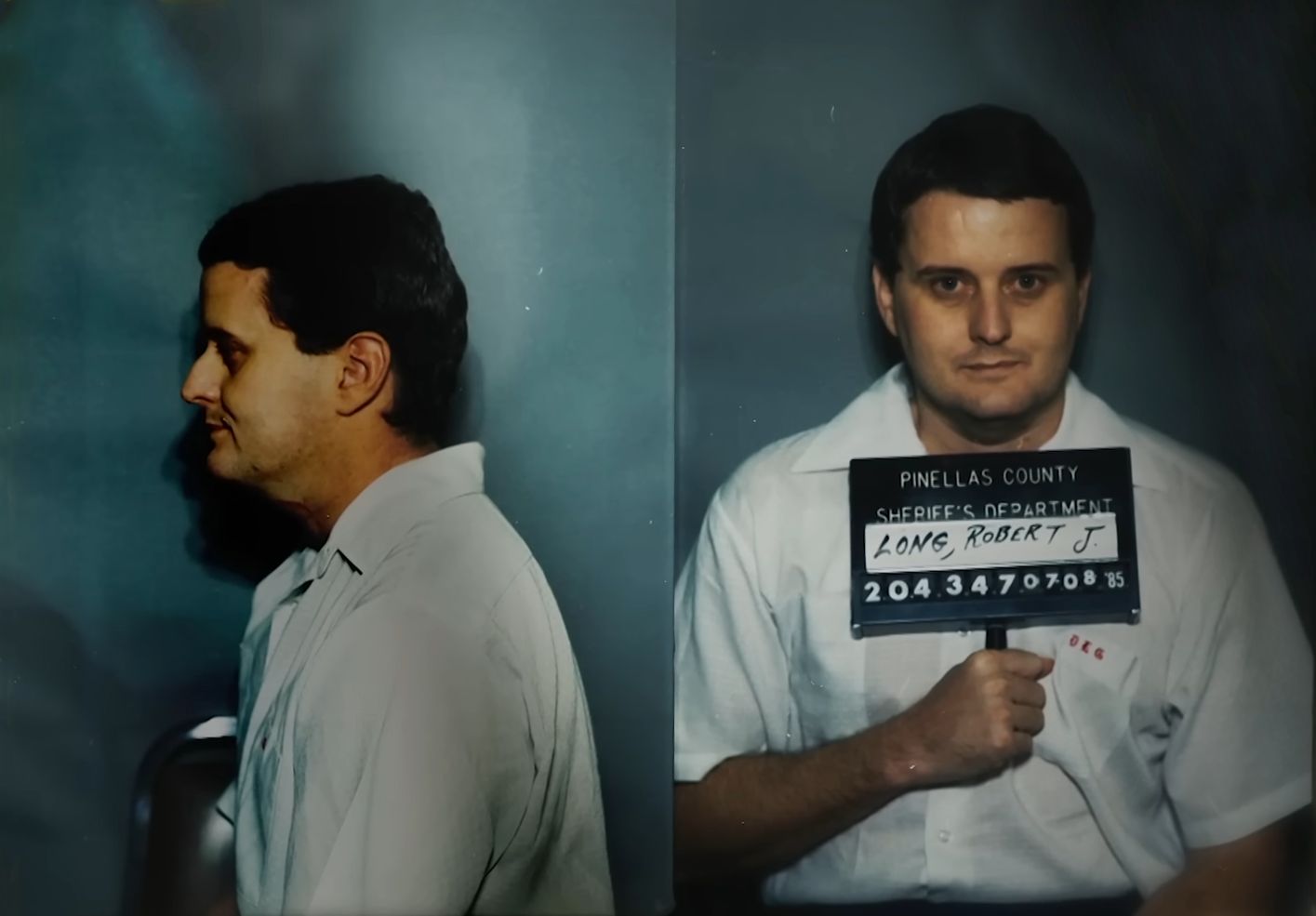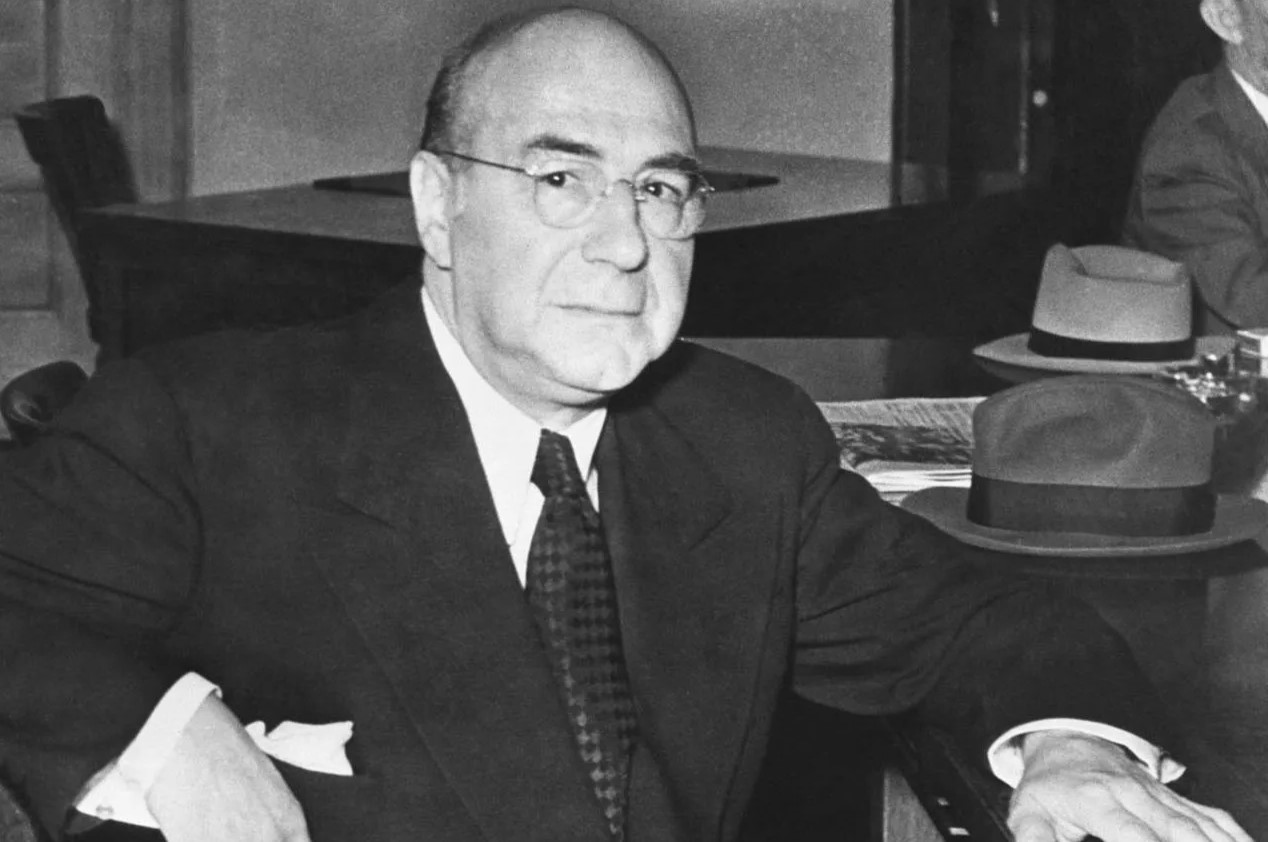
Who was Bobby Joe Long? Bobby Joe Long, also known as the Classified Ad Rapist, was a notorious American serial killer and rapist who terrorized the Tampa Bay area in the 1980s. Born with an extra X chromosome, Long's life was marked by a series of traumatic events and a dysfunctional family dynamic. His crimes, which included the abduction, rape, and murder of numerous women, left a lasting impact on the community and the justice system. Long's method of operation involved using classified ads to lure his victims, leading to his infamous nickname. His arrest in 1984, facilitated by the brave actions of survivor Lisa McVey, brought an end to his reign of terror.
Key Takeaways:
- Bobby Joe Long's troubled childhood and psychological issues shaped his violent behavior, leading to a killing spree in the 1980s, leaving a lasting impact on the community and justice system.
- Long's legacy serves as a grim reminder of the importance of addressing psychological issues and the need for better support systems for victims of violent crimes.
Early Life and Background
Bobby Joe Long's early years were marked by a series of challenges and traumas that would shape his future actions.
-
Birth and Early Life: Born on October 14, 1953, in Kenova, West Virginia, Bobby Joe Long entered the world to parents Joe and Louetta Long.
-
Medical Condition: Long had an extra X chromosome, known as 47,XXY, a variant of Klinefelter syndrome. This condition caused excessive estrogen production, leading to female traits like breast development.
-
Family Dynamics: His parents divorced when he was just two. Long and his mother, Louetta, moved to Miami, Florida, where they had a complicated relationship. He slept in his mother's bed until he was a teenager and resented her multiple short-term boyfriends.
-
Childhood Trauma: Long suffered multiple head injuries as a child, including almost drowning at the beach in 1957, falling from a swing in 1958, and crashing his bicycle into a parked car in 1959. These incidents left him with significant emotional and psychological trauma.
-
Teenage Years: During his teenage years, Long's behavior became increasingly erratic. At around 13, he shot and killed his dog out of anger, highlighting his volatile temperament.
Personal Life and Early Crimes
Bobby Joe Long's personal life and early criminal activities provide insight into his troubled mind and escalating violence.
-
Marriage and Divorce: In 1974, Long married his high school girlfriend, Cynthia. The couple had two children, but their marriage ended in divorce in 1980.
-
Early Crimes: Long's criminal career began around 1980. His first crimes occurred in the tourist traps of Fort Lauderdale, Miami, Ocala, and Dade County, Florida. He primarily targeted sex workers and vulnerable women.
-
Method of Operation: Long used classified ads in local newspapers to lure his victims. He would pose as a potential suitor, gain their trust, and then abduct and assault them.
-
Serial Rapist: By the early 1980s, Long had become a serial rapist, attacking around 50 women over four states. His crimes earned him the nickname "the Classified Ad Rapist".
The Killing Spree
In 1984, Bobby Joe Long's crimes escalated from rape to murder, leaving a trail of devastation in the Tampa Bay area.
-
Killing Spree: In March 1984, Long began a killing spree that would last until November of the same year. During this period, he murdered at least ten women in the Tampa Bay area.
-
Victims: The victims included Lisa McVey, Virginia Johnson, Kim Marie Swann, Michelle Denise Simms, and several others. Each victim was targeted through classified ads or other means of deception.
-
Lisa McVey: One of Long's most notable victims was Lisa McVey, a 17-year-old girl who was abducted and held captive for over 24 hours. Long forced her to perform oral sex and raped her repeatedly. However, he allowed her to go free, which ultimately led to his capture.
Capture and Legal Proceedings
The capture of Bobby Joe Long marked the end of his reign of terror, but the legal battles that followed were complex and lengthy.
-
Arrest: On November 16, 1984, Long was arrested at a movie theater in Tampa after McVey provided a detailed description of her assailant and his car. The arrest was facilitated by the discovery of red fibers matching those found on the victims' clothing, which were later linked to the interior carpeting of Long's car.
-
Charges and Convictions: In April 1985, Long was convicted of first-degree murder in the Virginia Johnson case and sentenced to death. Later that year, he pleaded guilty to eight Hillsborough County murders, receiving 26 life sentences without parole and seven life sentences with the possibility of parole after 25 years.
-
Execution: Despite numerous appeals, Long was executed by lethal injection on May 23, 2019, at the Florida State Prison in Raiford, Florida. His execution was witnessed by Lisa McVey, who sat in the front row.
-
Final Meal: Before his execution, Long requested a final meal of roast beef, bacon, french fries, and soda. He ate his meal at 9:30 a.m. local time and was pronounced dead at 7:00 p.m.
Psychological Profile and Behavioral Patterns
Understanding Long's psychological makeup and behavior patterns provides insight into what drove his horrific actions.
-
Psychological Profile: Long's psychological profile was marked by a deep-seated hatred for women, exacerbated by his dysfunctional childhood and the teasing he suffered due to his medical condition. His actions were driven by a twisted desire for control and power over his victims.
-
Medical Treatment: Long underwent breast reduction surgery in adolescence to alleviate the physical symptoms of his condition. However, this did not address the underlying psychological issues that contributed to his violent behavior.
-
Behavioral Patterns: Long's behavior was characterized by a pattern of manipulation and control. He used deception and coercion to lure his victims into situations where he could exert dominance over them.
-
Victim Selection: Long targeted vulnerable women, often those who were sex workers or otherwise marginalized. His victims were chosen based on their perceived vulnerability and susceptibility to his tactics.
Crime Scene Evidence and Investigation
The meticulous investigation and crucial evidence led to Long's eventual capture and conviction.
-
Crime Scene Evidence: The crime scenes were often marked by the presence of red fibers, which were later linked to the interior carpeting of Long's car. This evidence played a crucial role in his arrest and subsequent conviction.
-
Investigation: The investigation into Long's crimes was led by the Hillsborough County State Attorney's Office and the Public Defender's Office. The case was highly publicized due to the brutality and scope of the crimes.
-
Legal Proceedings: Long's legal proceedings were complex and involved multiple appeals. His death sentence was initially vacated due to procedural errors, but he was eventually retried and sentenced to death again.
Public and Media Reaction
The public and media response to Long's crimes and trial was intense, reflecting the horror and fascination with his actions.
-
Public Reaction: The public reaction to Long's crimes was one of shock and outrage. The community was deeply affected by the brutal nature of the murders and the fact that they were committed by someone who had been living among them.
-
Media Coverage: Long's case received extensive media coverage, including TV movies and documentaries. The most notable TV movie is "Believe Me: The Abduction of Lisa McVey," which aired in 2018 and starred Katie Douglas as Lisa McVey.
Legacy and Impact
Bobby Joe Long's legacy is a grim reminder of the impact of unchecked psychological issues and the importance of vigilance.
-
Legacy: Long's legacy is one of terror and violence. His crimes left a lasting impact on the community and the justice system, highlighting the need for better support systems for victims of sexual assault and the importance of thorough investigations in such cases.
-
Comparison to Other Serial Killers: Long's case is often compared to other serial killers, such as Samuel Little, who was known for his prolific crimes. However, Long's use of classified ads to lure victims sets him apart from other serial killers.
-
Psychological Impact: The psychological impact of Long's crimes on his victims and their families cannot be overstated. The trauma inflicted by his actions will be felt for generations to come.
-
Legal System Impact: Long's case also had a significant impact on the legal system. It highlighted the need for more stringent laws and better enforcement mechanisms to protect vulnerable populations from predators like Long.
-
Community Impact: The community in the Tampa Bay area was deeply affected by Long's crimes. The fear and mistrust that followed his arrest and subsequent conviction took years to dissipate.
-
Victim Support: The support provided to victims of sexual assault during Long's trial and subsequent legal proceedings was inadequate. This lack of support exacerbated the trauma experienced by his victims and their families.
-
Justice System Efficiency: The efficiency of the justice system in handling Long's case was criticized. The delays in his trial and appeals process were seen as a failure of the system to provide timely justice to his victims.
-
Public Safety: Long's crimes raised significant concerns about public safety. The fact that he was able to evade capture for so long highlighted the need for better community policing and public awareness campaigns.
-
Media Sensationalism: The media coverage of Long's case was often sensationalized, which added to the public's fascination with the crimes. However, this also raised ethical concerns about how much detail should be shared in such cases.
-
Historical Context: Long's crimes must be understood within the historical context of the 1980s. The era saw a rise in serial killings, and Long's case was part of this broader trend.
-
Psychological Treatment: Despite his execution, there remains a question about whether Long received adequate psychological treatment. His actions suggest a deep-seated psychological issue that was not adequately addressed during his lifetime.
-
Legacy in True Crime: Long's case has become a staple in true crime literature and documentaries. His story serves as a cautionary tale about the dangers of unchecked psychological issues and the importance of community vigilance.
The Legacy of Bobby Joe Long
Bobby Joe Long's crimes left a permanent scar on the Tampa Bay area. His violent spree in the 1980s highlighted the vulnerabilities in the community and the justice system. Long's use of classified ads to lure victims was a chilling reminder of how predators can exploit everyday tools. The capture and conviction of Long, thanks to the bravery of survivors like Lisa McVey, showcased the importance of detailed investigations and victim support. His execution in 2019 brought some closure, but the trauma he inflicted will be felt for generations. Long's story serves as a stark warning about the dangers of unchecked psychological issues and the need for community vigilance. His case remains a significant chapter in true crime history, emphasizing the importance of protecting vulnerable populations and ensuring justice for victims.
Frequently Asked Questions
Was this page helpful?
Our commitment to delivering trustworthy and engaging content is at the heart of what we do. Each fact on our site is contributed by real users like you, bringing a wealth of diverse insights and information. To ensure the highest standards of accuracy and reliability, our dedicated editors meticulously review each submission. This process guarantees that the facts we share are not only fascinating but also credible. Trust in our commitment to quality and authenticity as you explore and learn with us.


